The ADA and COVID-19 _review
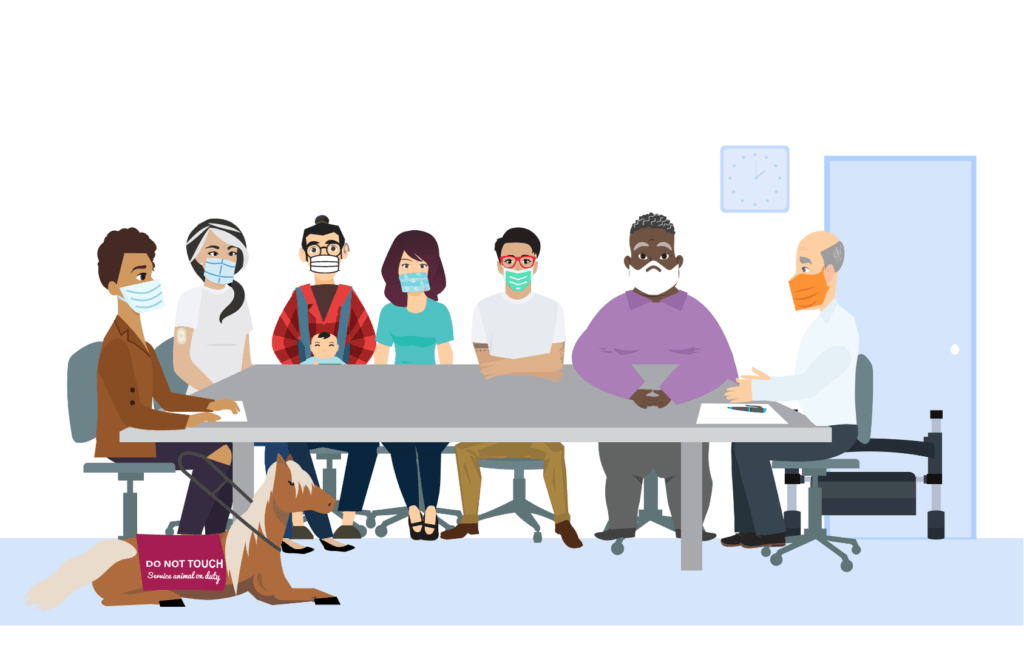
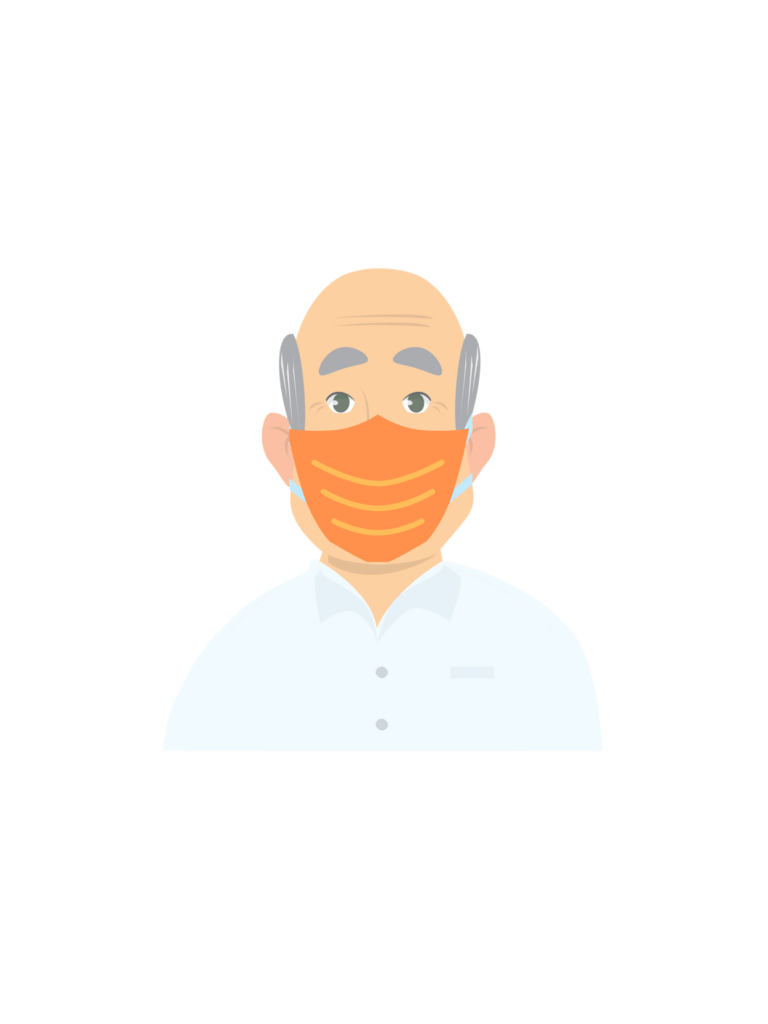
EM: Let’s turn to COVID-19. So many people have gotten sick. So many have died. On an earlier visit we talked about the vulnerability of people with disabilities, and in particular People of Color or Indigenous Peoples.
There are some Americans with Disabilities Act (ADA) issues with COVID-19.
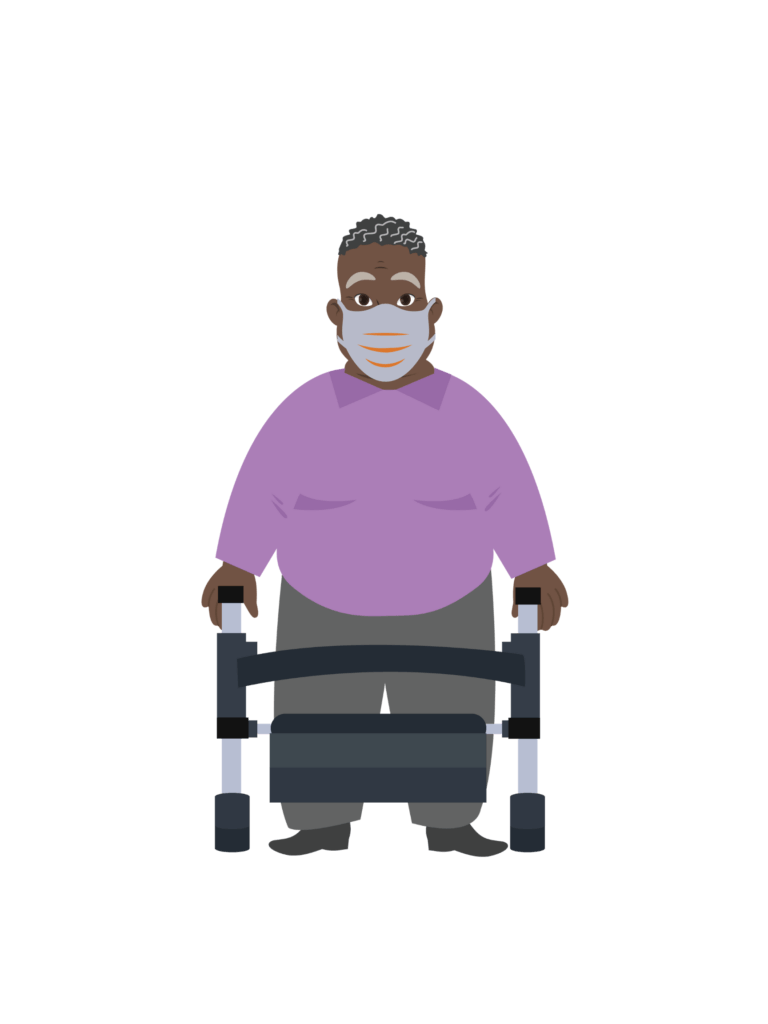
Allen: Under the ADA people with disabilities should have equal access to COVID-19 services, treatments, and effective communication. Spaces for COVID-19 related services and treatments must be physically accessible.
? Under the ADA, equal access and effective communication related to COVID-19 would include:
An accessible site to receive the COVID-19 test or vaccine
That’s right, accessible sites are required.
A sign language interpreter for a person who communicates via sign language, to explain consent forms and potential vaccine side effects
That’s right, a qualified sign language interpreter should be available.
Providing accessible telephone service (such as TTY) if someone who uses sign language wants to make a phone call while waiting for the vaccine
This is not required. But if the site provided telephone service to people without disabilities who were receiving the vaccine, then they would need to do the same for people with disabilities.
Permitting a service animal to accompany its owner while she receives a vaccine
That’s right. Service animals should be permitted.
Plain language document to explain the vaccine to a person with limited English literacy
That’s right, providing plain language documents is required.
One situation related to the ADA and COVID-19 is allowing companions to be with people with disabilities during medical treatment.
Tariq’s friend Monique wasn’t allowed to bring both parents to a painful medical procedure, even though it took both parents to help her keep her mask on and to keep her calm during the procedure. The doctor knew her and understood her needs, but hospital rules did not allow visitors. Her parents had to fight to be with her during the procedure. Luckily her parents came, the procedure went well, and she was fine.
Many health care organizations and providers have now changed these rules, based on the ADA rights to equal access and effective communication.
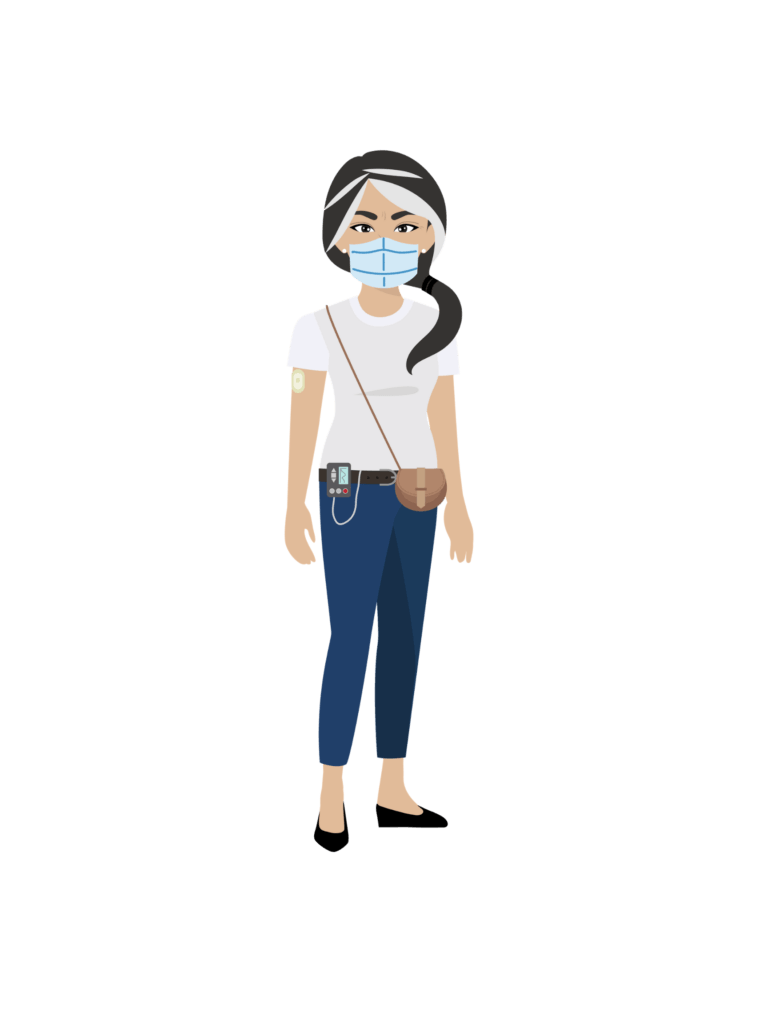
Rachel: Wearing face masks has been another issue.
The Disability Rights and Defense Fund (DREDF) and Disability Rights California give these examples of people who can’t wear masks at all or can’t wear them for a long time:
“… universal mask requirements present difficulties for some people with disabilities who cannot wear masks either at all or for an extended period of time. Examples include: individuals with developmental or intellectual disabilities, including autistic people, who cannot tolerate masks; people with mobility impairments who cannot independently put on or take off a mask; people with seizure disorders who may be in danger if they experience a seizure while wearing a mask (the mask may obstruct breathing or cause choking); people with lung diseases or breathing difficulties; and people with anxiety disorders who experience panic attacks while wearing masks. Some people use ventilators to support breathing and may not be able to safely wear a face mask.
In addition, some people with disabilities cannot communicate effectively with another person if the other person is wearing a mask. Examples include deaf and people with hearing issues and some people with intellectual, developmental, or processing disabilities.
Further, many people of color and particularly black people are deterred from wearing face masks because of racial profiling and harassment by police.”(Disability Rights and Defense Fund (DREDF) and Disability Rights California, July 23, 2020)
? So, does this mean that all people with disabilities are exempt from wearing face masks during COVID-19?
Rachel’s Feedback
There is no such thing as a universal waiver that says that people with disabilities don’t have to wear masks.
According to federal regulations, government programs, services and activities must be “readily accessible to and usable by individuals with disabilities.” What does this mean for COVID-19?
According to the Disability Rights Education and Defense Fund (DREDF) and Disability Rights California:
“Government programs must take affirmative steps to include and protect all disabled people during the pandemic, whether or not they can wear a mask, communicate with other people wearing masks, or be around other people. Such steps include providing:
• Free face masks and hand sanitizer for any employees or members of the public who need to interact in person
• Accessible remote (on-line, video, telephonic, and mail) service, whenever reasonable and equally effective
• Individualized service
• Curbside service
• Waivers or extensions of time for required appointments
• Flexibility, patience, repeating information, writing notes, and using speech-to-text programs
• Auxiliary aids and services including sign language interpreting and real-time captioning
• Use of alternatives to cloth face masks for communication, such as clear masks, face shields, or plexiglass barriers.”(Disability Rights and Defense Fund (DREDF) and Disability Rights California, July 23, 2020)
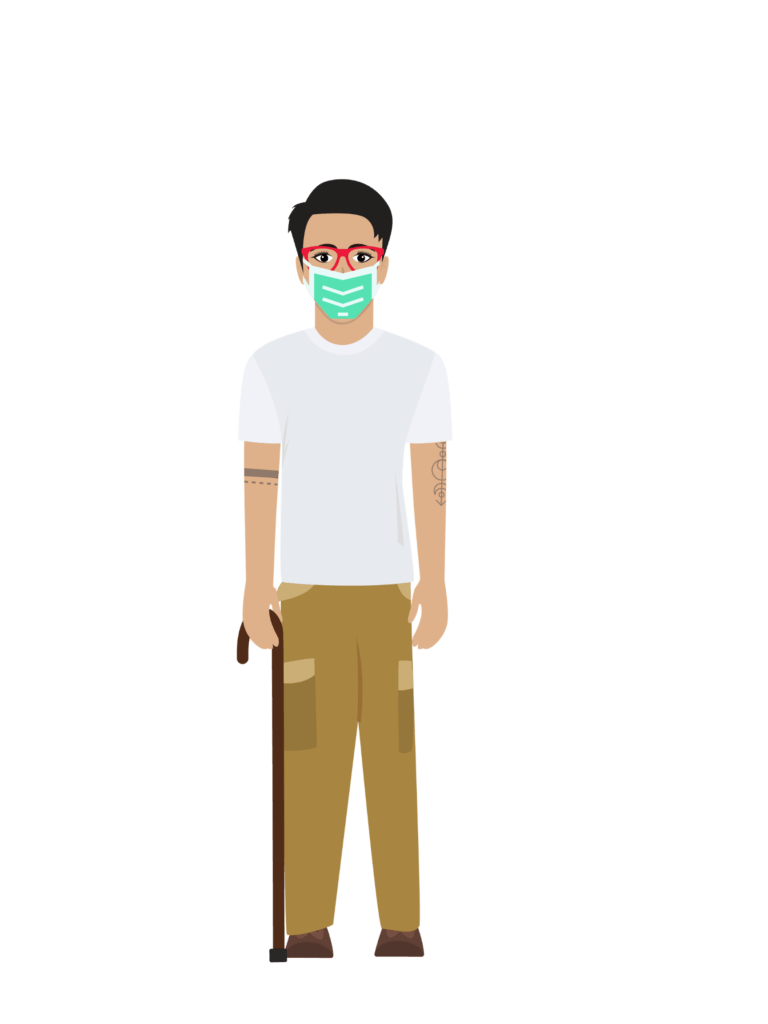
PJ: Medical rationing is another really important issue. When there isn’t enough medicine, vaccines, or other medical care for everyone who needs them, then hospitals and health provider organizations may be forced to decide who should receive care and who shouldn’t.
Medical rationing based on disability is not legal under the Americans with Disabilities Act (ADA), Section 504 of the Rehabilitation Act and Section 1557 of the Affordable Care Act. Also, some state laws prohibit medical rationing based on disability.
Health care providers can’t limit or deny care to a person with a disability because of their disability or need for reasonable modifications. They can’t limit or deny care because a person with a disability may require more intensive care or is less likely to survive. Providers should provide the medical care to people with disabilities that they provide to everyone else.
Click the quiz link below to check your learning and continue.
